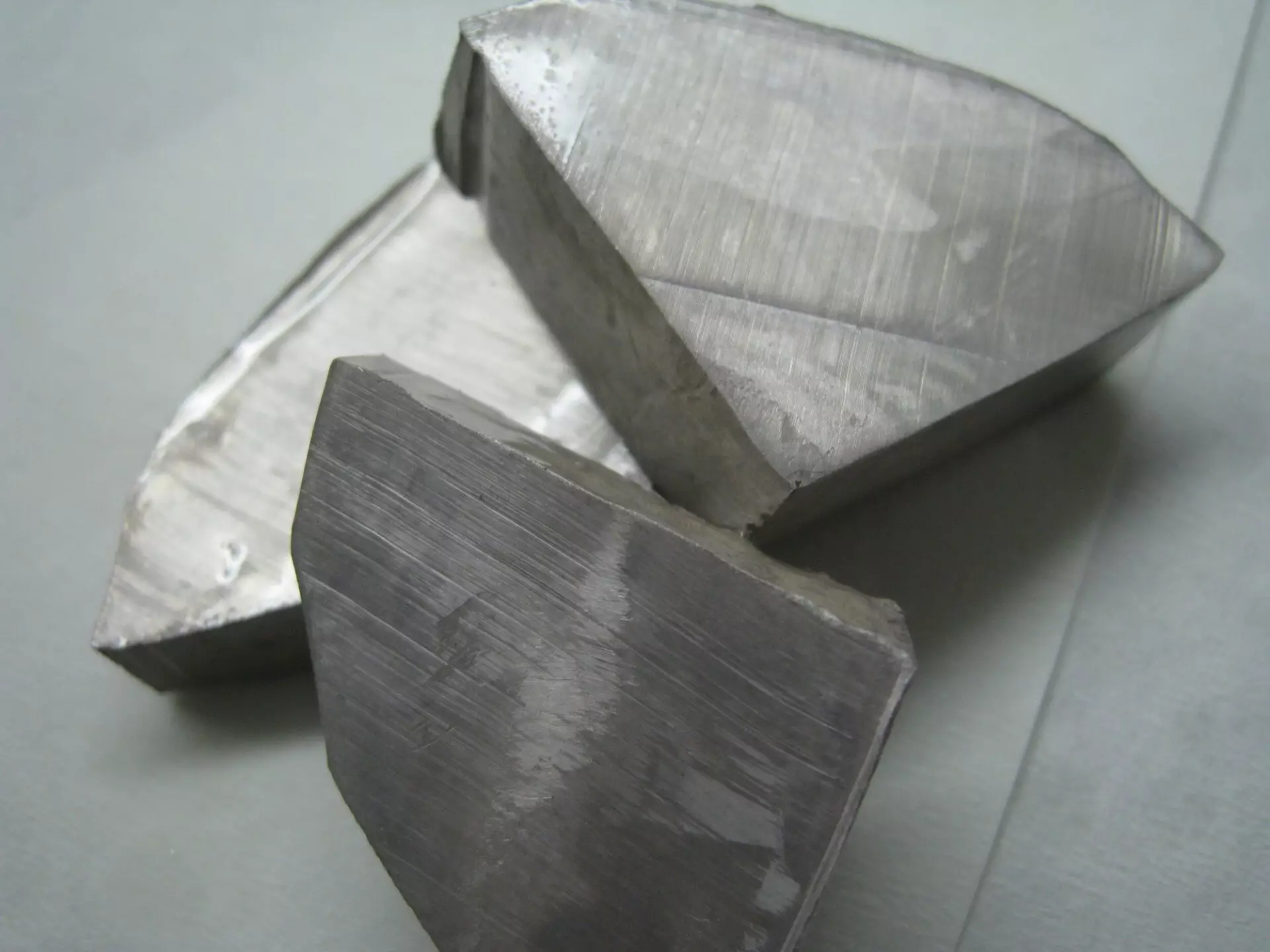Deep within the Earth or the center of the sun, matter undergoes a fundamental change on an atomic level. Researchers have discovered that high pressure can transform metals into nonconducting insulators. For example, sodium, a shiny gray-colored metal, can become a transparent, glass-like insulator under extreme pressure. A recent study led by the University at Buffalo has shed light on the chemical bonding mechanisms behind this phenomenon, providing valuable insights into the behavior of elements and chemical compounds under high pressure.
The High-Pressure Phenomenon
Previous theories suggested that high pressure pushed sodium’s electrons out into the empty spaces between atoms, rendering the metal an insulator. However, the team’s quantum chemical calculations demonstrated that these electrons remain bonded to the surrounding atoms. By examining sodium’s behavior at the atomic level, the study aimed to address why sodium transitions from a metallic state to an insulating state under high pressure. The implications of this research extend far beyond sodium and offer potential answers to larger scientific questions concerning stars, planets, and their magnetic fields.
Building on Ashcroft and Neaton’s Work
The study builds upon the theoretical predictions of the late physicist Neil Ashcroft and Jeffrey Neaton. Two decades ago, Ashcroft and Neaton challenged the prevailing notion that materials always become metallic under high pressure. They proposed that certain materials, including sodium, can become insulators or semiconductors when subjected to high pressure. Specifically, they hypothesized that sodium’s core electrons, previously believed to be inert, would interact with both each other and the outer valence electrons when exposed to extreme pressure.
The team’s research moves beyond the physical framework proposed by Ashcroft and Neaton, connecting it with chemical bonding concepts. Using state-of-the-art supercomputers at the University at Buffalo’s Center for Computational Research, the scientists analyzed the behavior of electrons within sodium atoms under high pressure. The calculations revealed that the electrons become trapped in the spaces between atoms, forming what is known as an electride state. This transition from a shiny metal to a transparent insulator occurs because free-flowing electrons can absorb and retransmit light, while trapped electrons allow the light to pass through undisturbed.
Contrary to previous understanding, the team’s calculations demonstrated that the emergence of the electride state can be attributed to chemical bonding. When subjected to high pressure, electrons occupy new orbitals within their respective atoms, leading to overlapping orbitals and the formation of chemical bonds. These bonds create localized charge concentrations in the interstitial regions, causing sodium’s transformation from a metal to an insulator. The researchers discovered that these electrons are not isolated entities that have left their respective atoms; rather, they are shared between atoms through chemical bonding. This finding underscores the unique nature of these electrons and enhances our understanding of bonding under extreme conditions.
Contributors and Support
The study was a collaborative effort involving researchers from the University of Buffalo, the University of Edinburgh’s School of Physics and Astronomy, and the Center for Science at Extreme Conditions. The work received support from the Center for Matter at Atomic Pressure, a National Science Foundation center led by the University of Rochester. By pooling their expertise and resources, the team was able to advance our understanding of the chemical bonding behind sodium’s transformation under high pressure.
The University at Buffalo-led study has elucidated the chemical bonding mechanisms responsible for the transformation of sodium from a metal to an insulator under high pressure. By combining theoretical predictions with quantum chemical calculations, the researchers have provided valuable insights into the behavior of elements and compounds under extreme conditions. This research not only addresses a seemingly simple question but also paves the way for further exploration into the nature of stars, planets, and their evolution. With ongoing advancements in computational research and collaborative efforts, we may uncover even more about the fascinating world that exists deep within the Earth and other celestial bodies.


Leave a Reply